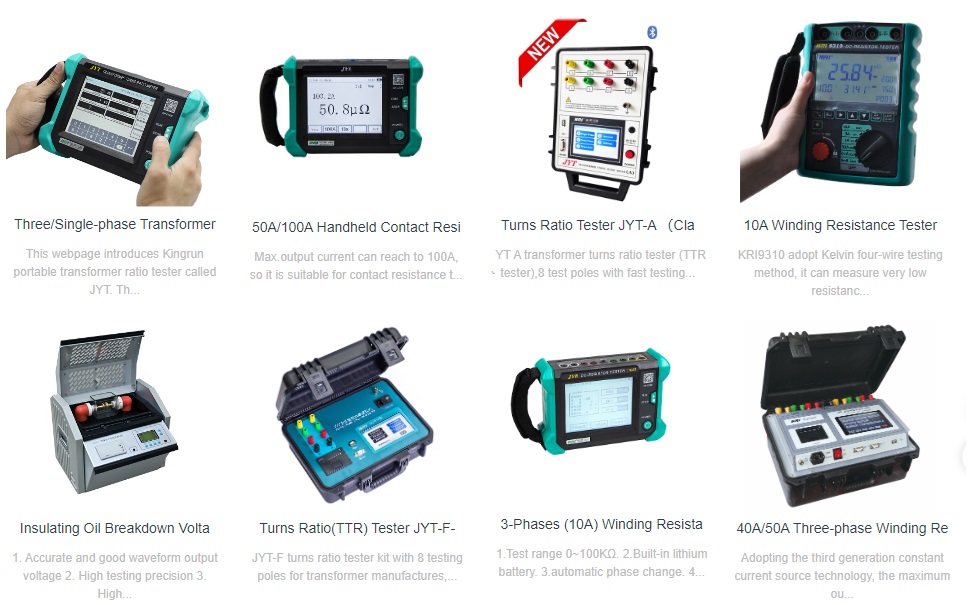A transformer's vector group describes the relationship between its primary and secondary windings, including their configurations and phase angle differences.
Importance
Why specify the vector group?
The Vector Group design of transformers is essential to ensure that transformers can operate correctly within different power systems and work effectively with other transformers or loads. Different vector groups have different phase relationships, and selecting the appropriate vector group is crucial for maintaining the stability, reliability, and efficiency of the power system. The main reasons include:
Phase Difference Matching: Different vector groups create various phase differences by altering the winding connection methods (such as star or delta connections). For example, a common vector group like Dyn11 indicates that D refers to a delta connection on the high-voltage side, y refers to a star connection on the low-voltage side, and the number 11 means the phase on the low-voltage side lags the high-voltage side by 30 degrees. Proper phase difference design ensures that when transformers are connected in parallel, no phase issues arise, avoiding mutual interference.
Compatibility for Parallel Operation: When multiple transformers need to operate in parallel, the vector group design ensures that the phase difference between them is consistent, preventing short circuits, damage, or equipment failure. Careful selection of vector groups is required when using transformers in parallel to ensure correct phase matching.
Voltage Balance: In a three-phase power system, a correctly designed vector group helps prevent voltage imbalances between transformers, which could lead to power transmission issues. Voltage imbalance may affect motor efficiency and even cause equipment damage.
Protection and Control System Requirements: Different vector group designs help ensure the proper operation of protection devices. For example, differential protection devices typically require the vector groups of transformers to be the same; otherwise, they may trigger false trips.
Different Application Needs: Different types of power systems (such as transmission, distribution, or substations) or different loads (such as industrial or residential loads) may have varying vector group requirements. By designing different vector groups, transformers can meet specific application needs, optimizing the overall performance of the system.
Kingrun Transformer Instrument Co.,Ltd.


More Transformer Testers from Kingrun
